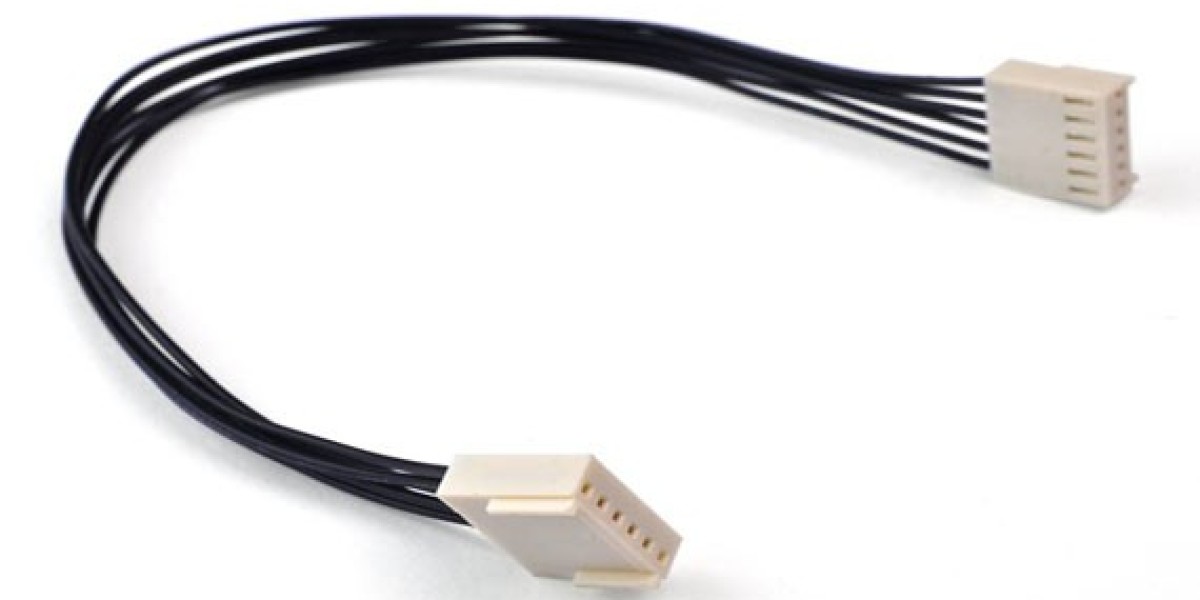Definition and Basic Structure
Insulated terminal wires are electrical wires that have a protective covering, usually made of rubber or plastic, over the conductor. This insulation provides electrical isolation and prevents direct contact with the bare metal, thus minimizing the risk of electrical shocks or shorts. On the other hand, uninsulated terminal wires consist only of the conductor itself, without any protective covering. They offer direct access to the metal, facilitating easier connections but also posing a higher risk of electrical accidents.
Safety Considerations
The primary difference between insulated and uninsulated terminal wires lies in their safety profiles. Insulated wires are safer to handle as they reduce the chances of electrical shocks, especially in scenarios where wires may come into contact with bare skin or other conductive surfaces. Uninsulated wires, while offering greater flexibility and ease of connection, are inherently less safe due to their exposed metal conductors.
Applications and Usage Scenarios
Insulated terminal wires are commonly used in applications where safety is paramount, such as household wiring, automotive systems, and industrial equipment. They are also preferred in outdoor or damp environments where corrosion and electrical leaks can be problematic. By contrast, uninsulated wires are more suitable for use in low-voltage applications, temporary wiring solutions, and instances where direct metal-to-metal connections are required, such as in some electronic components or in prototyping.
Advantages and Disadvantages
Insulated terminal wires offer several advantages, including improved safety, protection against corrosion and moisture, and increased durability. However, they may be bulkier and less flexible than uninsulated wires. Uninsulated wires, while offering better conductivity and flexibility, can pose safety risks and may be less durable in harsh environments. They also require more caution during installation and handling.
Best Practices and Safety Guidelines
When working with insulated terminal wires, it is important to ensure that the insulation is intact and free from damage. Always inspect wires for any cuts or abrasions before use. When handling uninsulated wires, extreme caution should be exercised to avoid direct contact with exposed conductors. It is recommended to use appropriate tools and equipment, such as insulated gloves or pliers, to minimize the risk of electrical accidents.
Conclusion
Insulated and uninsulated terminal wires each have their unique advantages and disadvantages, making them suitable for different applications. Understanding the differences between the two, as well as their respective safety profiles and best practices, is crucial for making informed decisions when selecting wires for electrical projects. By considering factors such as safety, conductivity, durability, and flexibility, it is possible to select the most appropriate type of wire for the job.



